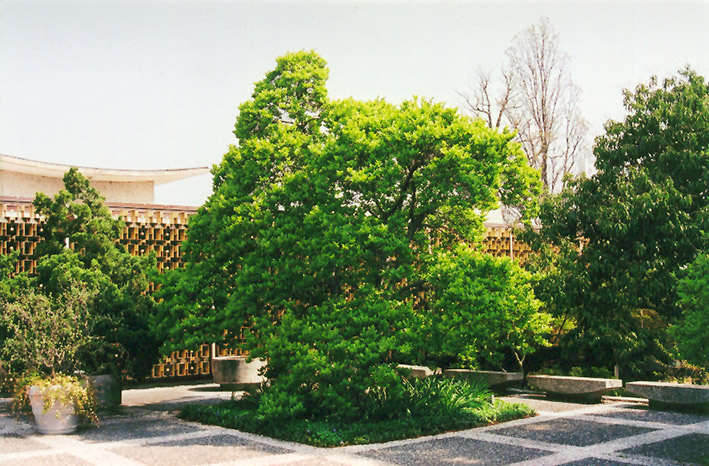Height: 25 feet
Spread: 30 feet
Sunlight:
![]()
![]()
Hardiness Zone: 4a
Other Names: Magnolia kobus x stellata
Description:
A wonderful hybrid magnolia selection, known for its early spring bloom in froths of fragrant white flowers and picturesque habit of growth; fast growing and very hardy, flowers from a young age, excellent as a feature tree in the front yard
Ornamental Features
Magnolia is bathed in stunning fragrant white star-shaped flowers with yellow eyes at the ends of the branches in mid spring before the leaves. It has dark green deciduous foliage. The pointy leaves turn coppery-bronze in fall. The fruits are showy pink pods displayed from early to mid fall.
Landscape Attributes
Magnolia is a deciduous tree with an upright spreading habit of growth. Its relatively coarse texture can be used to stand it apart from other landscape plants with finer foliage.
This is a relatively low maintenance tree, and should only be pruned after flowering to avoid removing any of the current season's flowers. Deer don't particularly care for this plant and will usually leave it alone in favor of tastier treats. It has no significant negative characteristics.
Magnolia is recommended for the following landscape applications;
- Accent
- Shade
Planting & Growing
Magnolia will grow to be about 25 feet tall at maturity, with a spread of 30 feet. It has a low canopy with a typical clearance of 3 feet from the ground, and is suitable for planting under power lines. It grows at a medium rate, and under ideal conditions can be expected to live for 80 years or more.
This tree does best in full sun to partial shade. It requires an evenly moist well-drained soil for optimal growth, but will die in standing water. It is not particular as to soil type, but has a definite preference for acidic soils. It is quite intolerant of urban pollution, therefore inner city or urban streetside plantings are best avoided. Consider applying a thick mulch around the root zone in winter to protect it in exposed locations or colder microclimates. This particular variety is an interspecific hybrid.







